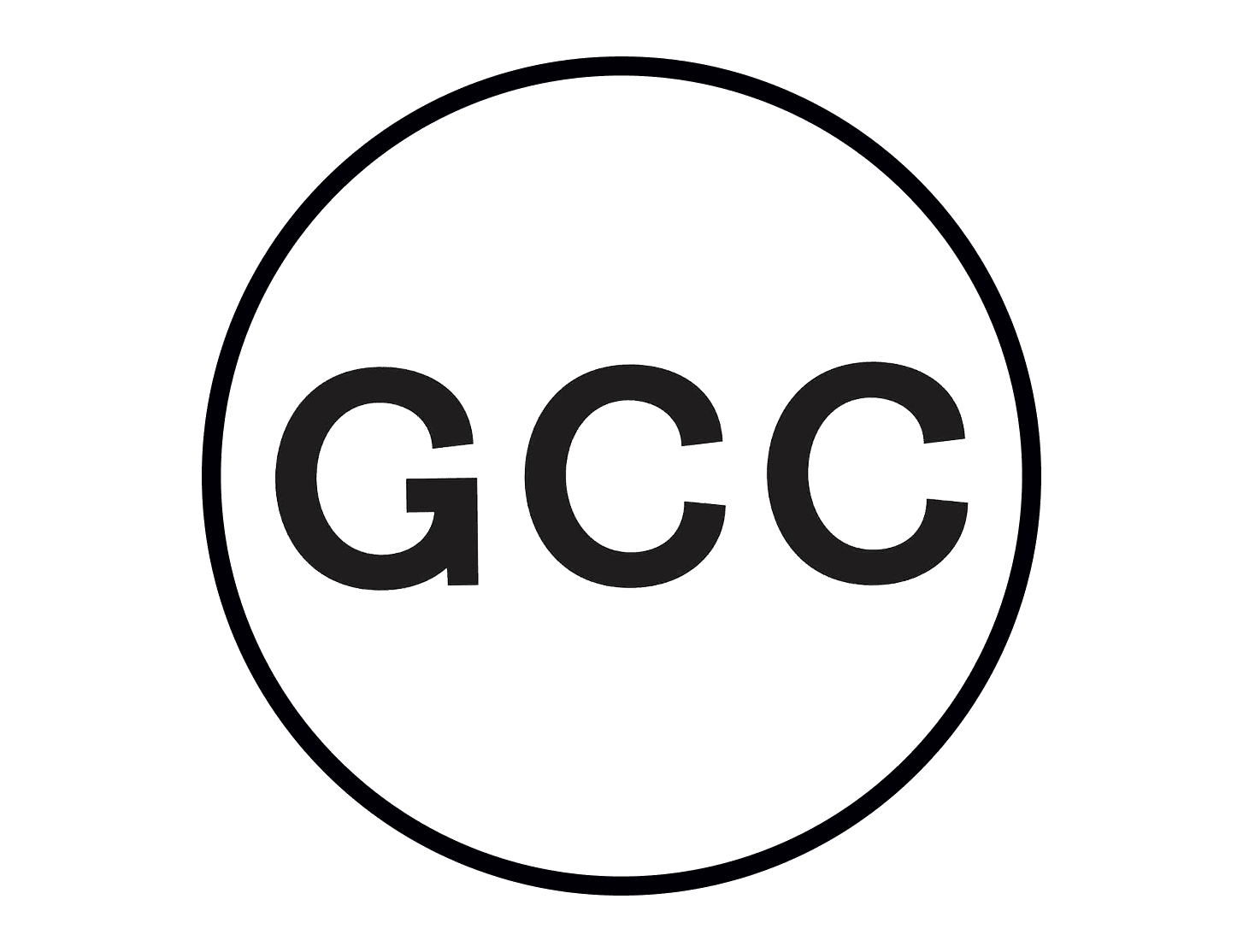Rosannagh Scarlet Esson is an artist who is going places. Fresh from her first solo show at the Zuleika Gallery in Woodstock last April, she recently exhibited at Blenheim Palace and Chiltern Street, London, as part of a group show alongside art world heavyweights David Hockney and Paula Rego. And next year she will be packing her woollies and venturing to the Arctic for her first major international artist’s residency.
Rosannagh puts much of her success down to her time at Oxford Brookes, “My career’s really starting to take off now, and a lot of that is to do with my time at Brookes. It was the first step in my journey to where I am now.” She explains, “Before I went to Brookes, I was painting because it was a passion. But being at Brookes honed my views on art and gave me context for what I was doing. Also, the feedback from tutors and other students was so good – both positive and critical. The community at Brookes was really supportive, and important in giving me people to discuss my work with. I prefer to be alone in the studio to actually make my work. But to place my work in the broader context of contemporary art, I have to know what other people are making and thinking. And also, from a commercial point of view, you have to find out what sells and what doesn’t.”
FINDING A MENTOR
Making good contacts in the art industry can be a challenge for young artists, and for the last five years Rosannagh has benefited from working part-time with a curator, Flora Fairbairn who has acted as a mentor as well as an employer.
“The one thing you can’t learn while studying, is how the industry works. When you get your first job, in a gallery or wherever, you have so much to learn. The business side of things, how people operate, is so different from what you will have experienced up to that point. So having someone with experience to mentor you is invaluable.
“Pretty much all artists have to subsidise their income with a steady job. I’m lucky I’ve been able to do that within the art industry. If I’ve ever got any queries or anxieties, I know I can always run them past Flora, or Lizzie Collins, who has taken me under her wing at Zuleika Gallery. They’ve both been in the art world a long time and really know what they are talking about.”
GETTING YOUR WORK OUT THERE
As well as finding someone in the industry to act as a mentor, Rosannagh recommends young artists don’t miss a trick in making their work known. “It is so important to take every opportunity to get your work out there – anywhere you can – when you first graduate. You need to be seen in order to get invited to exhibitions. And then when you start getting invites, you get seen more and then you get more invites and it snowballs. Also, you have to be your own biggest fan. You will get rejected. A lot. But keep making your work, big it up and get it out there.” That advice has worked well for Rosannagh, even if sometimes she doesn’t always feel like her “own biggest fan”.
“I struggle with imposter syndrome. When I am feeling down on myself and worried I’m never going to take another step forward, I go straight into the studio and just paint. I don’t think about what I’m painting it for or whether someone will buy it or what they’ll think about it, I just paint what I want to paint. That levels me and takes me back to why I wanted to do this in the first place – to make art. And making the art is always going to be there, so I try to stay true to that.”
USING ART TO REPORT ON THE CLIMATE CRISIS
When Rosannagh graduated she knew she wanted to be an artist but was less sure of the role of her art in the world. In her view, this is a healthy place to be at that stage and recent graduates shouldn’t panic.
“For all the students who have just graduated and are thinking ‘oh God, what now?’ – I remember being like that, but it has worked out for me. Being at university is a great time to experiment. I don’t think you should graduate knowing exactly what your practice is. I certainly didn’t. It took me a couple of years to go from my practice being about the materials and process to why I’m making the art and what it’s about. Over that time, I worked out that I wanted to go down an environmental route, using my artwork to explore climate and ecology through the lens of being in a climate crisis.”
AN ADVENTURE WITH A PURPOSE
And it is her commitment to reporting on the climate crisis that has led to an exciting opportunity to take up an artist’s residency in the Arctic next year – spending three weeks at sea on a tall ship sailing around the Svalbard archipelago with artists and scientists.
“I can’t wait!” Rosannagh enthuses, “It’s a climate-focused arts and science expedition, so an opportunity to push my work further into the climate sphere. It should be a pivotal experience. But there are quite a few challenges. I usually paint really big canvases but there isn’t much room on a tall ship and I’ll be sharing a cabin. I will be painting either on deck, or on land with armed guards because there are lots of polar bears around. And also, it will be very, very cold – my paints might freeze!”
It’s going to be an adventure for Rosannagh – but one with a very serious purpose. We look forward to seeing her Svalbard work, and hope it inspires and provokes all who see it to engage more closely with the climate crisis that is facing us all.



